
OUR HOMESTEAD
Our village’s central hub has the same structure as the traditional homestead but has accomodated new constructions and activities. Nevertheless “Mbewe’s Compound” has been built following tradition and as a showcase locations for all visitors to learn about malawian culture.
Mbewe's CompoundA homestead is a group of structures that houses a rural family. Both open space and buildings are fundamental for the family dynamics and well-being and, therefore, should not be separated. In the following sections we provide general information about the different places of a homestead, fotogallerie of its construction process as well as some additional digital information.
Elements of the Homestead.
-

Central open space.
The central space of the homestead is normally bare earth that is daily swept by the woman of the house, and is also dominated by her. The sweeping prevents plants from growing and allows a flat clean surface for different activities: cooking, cleaning and preparing the harvest. It is common to have a tree left on the front to provide shade and make a more comfortable spot for the children and women to have their meals. Once there are children in the household, it's also usual for them to assist in the chores and play in the Central open space.
-

Kitchen.
Right next to the central open space is the kitchen, also part of the woman’s domain. The kitchen would be a circular wall made of mud that could have a grass roof during the rain season or be left uncovered during the dry season to facilitate the ventilation of the smoke from the stove. When there was a roof installed, sometimes it would be elevated or windows would be created for ventilation.
-

House.
The house is the biggest building in the homestead. It commonly has a rectangular shape of wood and mud walls, elevated in a mud platform and with a grass roof with a large overhang. Inside it organised the bedroom (for the parents) and a dining room (for men), and clothes and pots would hang from its walls through nails.
The platform and foundation of the house would create a sitting space all around the house that is also protected from the sun (thanks to the roof overhang) and would keep the mud walls dry during the rainy season. This sitting space is the area where social visits would normally take place. After the rains pass, the woman would maintain the platform adding the mud that has been washed away. They would also repaint and decorate the house's exterior walls with mineral colours that the rain might have washed away.
In a household with children or extended family, other smaller houses would be located behind the “main house”. Girls, boys and guests, would have separate houses.
-

Bathroom.
In an effort to keep bad smells and water outside of the main activities, the bathrooms and toilets would be separate buildings behind the house. The constructions would follow a similar design to the other buildings (mud or brick walls with grass ceilings) but without any elevating platform.
In the bathroom, the rectangular form with an inner wall next to the entrance would create privacy for showers. A hole underneath the wall in the shower would evacuate the water outside the construction. -

Toilets
Toilets would normally be organised farther from the house with a pit in the ground. Once the pithole is full, the hole would be covered with earth and the construction around it would be demolished. A new toilet would then be built close by. There are numerous problems with such construction: the sanitation risk when the waste gets in contact with water bodies, the amount of resources needed every time for new constructions, and the eventual situation of running out of space for pits. Therefore, the implementation of dry toilets is a priority project in Chingalire for which we also have the hope of creating manure that can increase the homestead’s productivity.
-

Animal shelters
Pigeons, chickens and Goats are very common livestock in Malawi. Normally, a homestead is limited by natural elements (trees, hedges or field) so constructions are made to shelter the animals from both weather and predators. During the day, animals are left to roam free through the homestead. At night, they return to the coops and pens. The structures are made of wood and elevated from the ground.
-

Granaries and family crops
Fields, just like animals, are the main source of nutrition for the family. The main crops in Malawi are maize, cassava, sweet potatoes, sorghum, bananas, rice, and Irish potatoes. After collection, the crops are cleaned and separated in the central empty space and then stored in a granary (made of wood and elevated from the floor) at the front of the house, close to the kitchen.
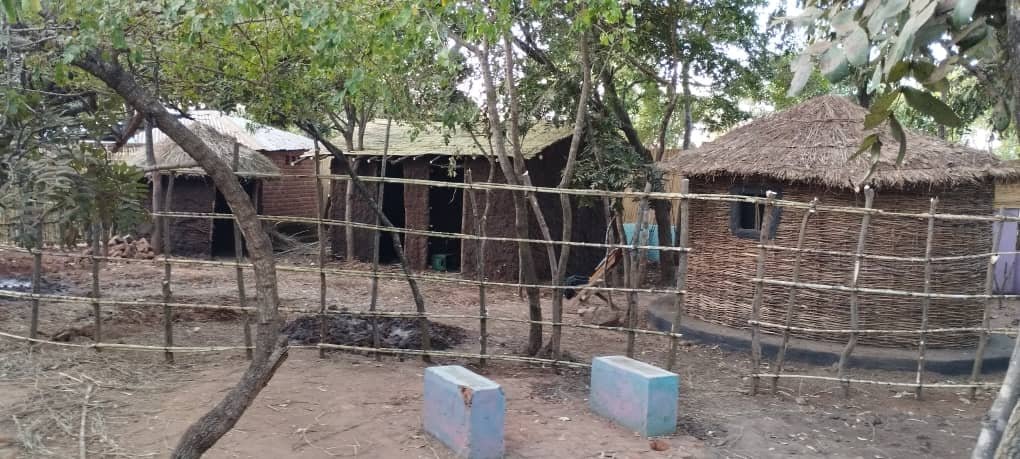
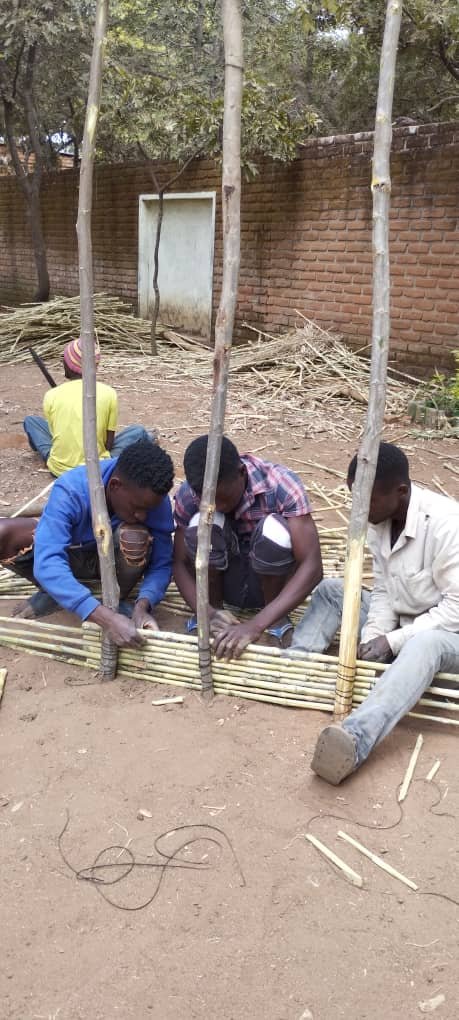
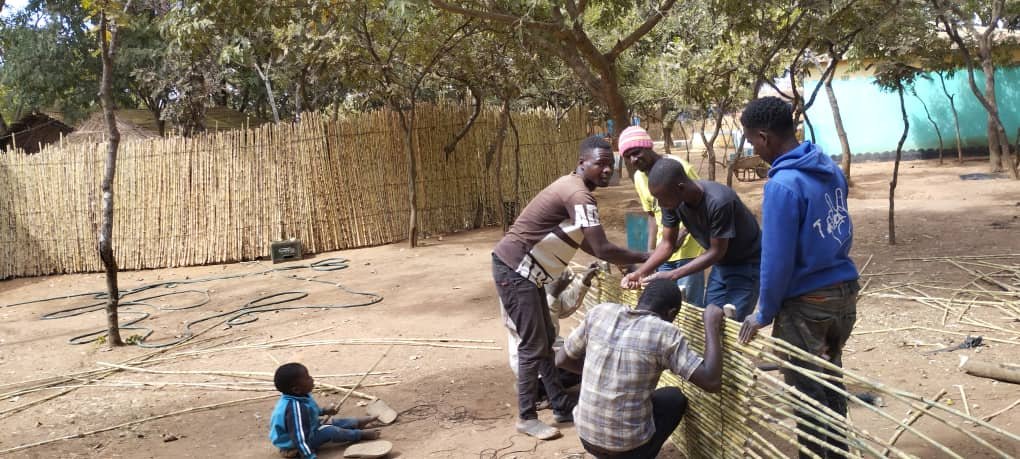
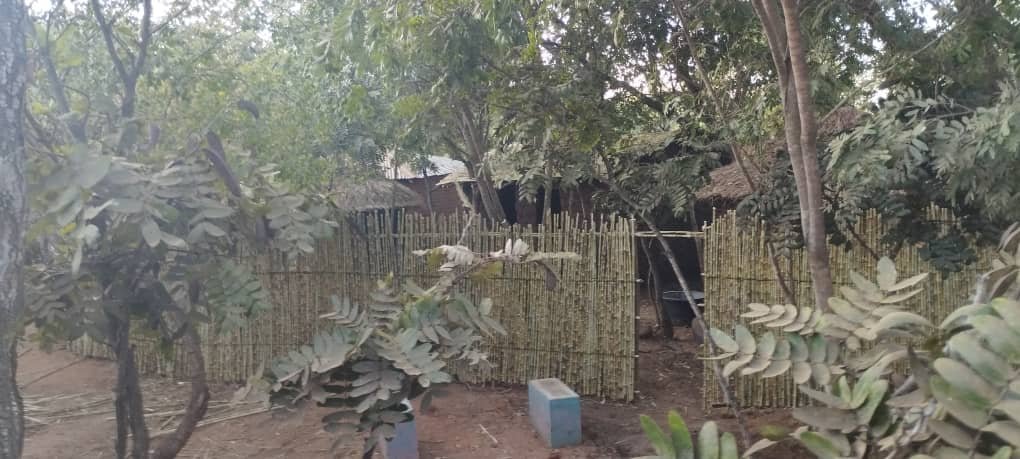
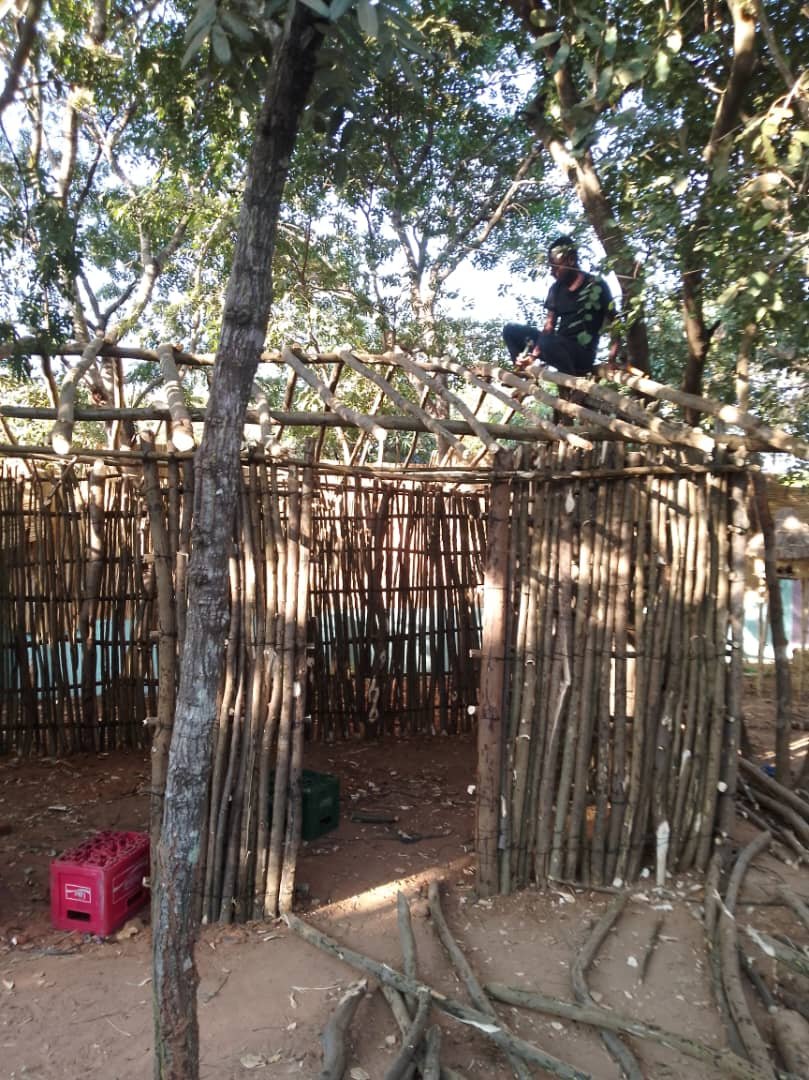
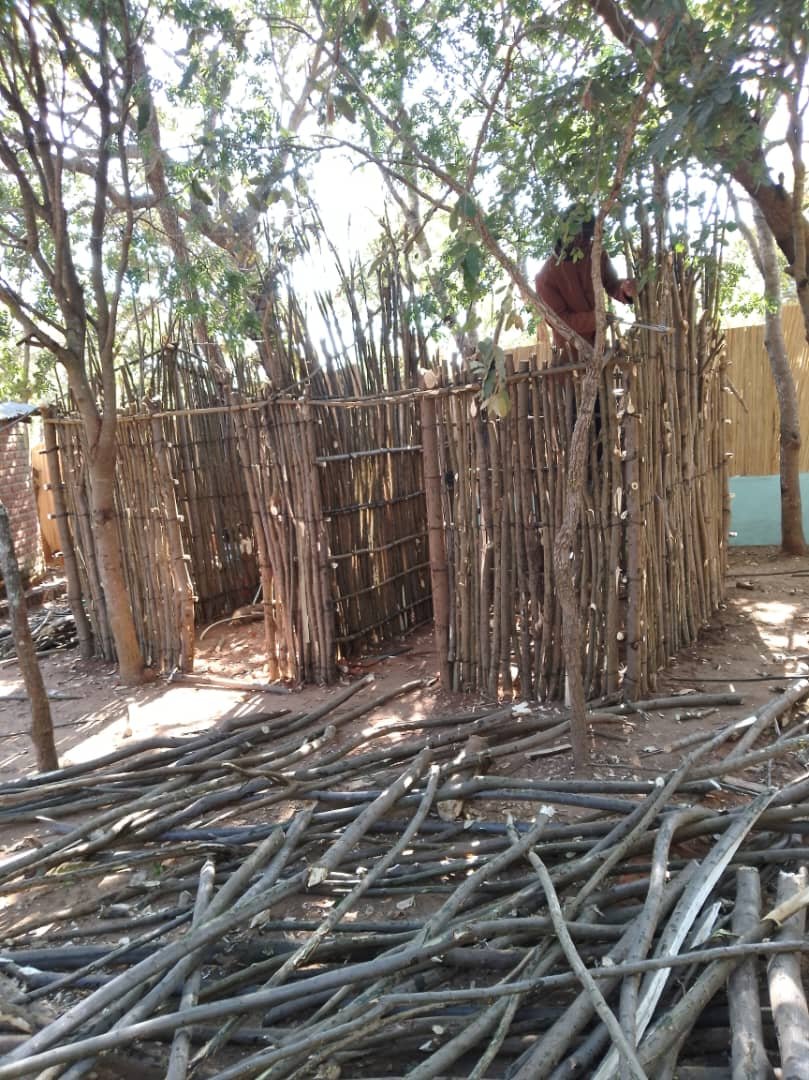
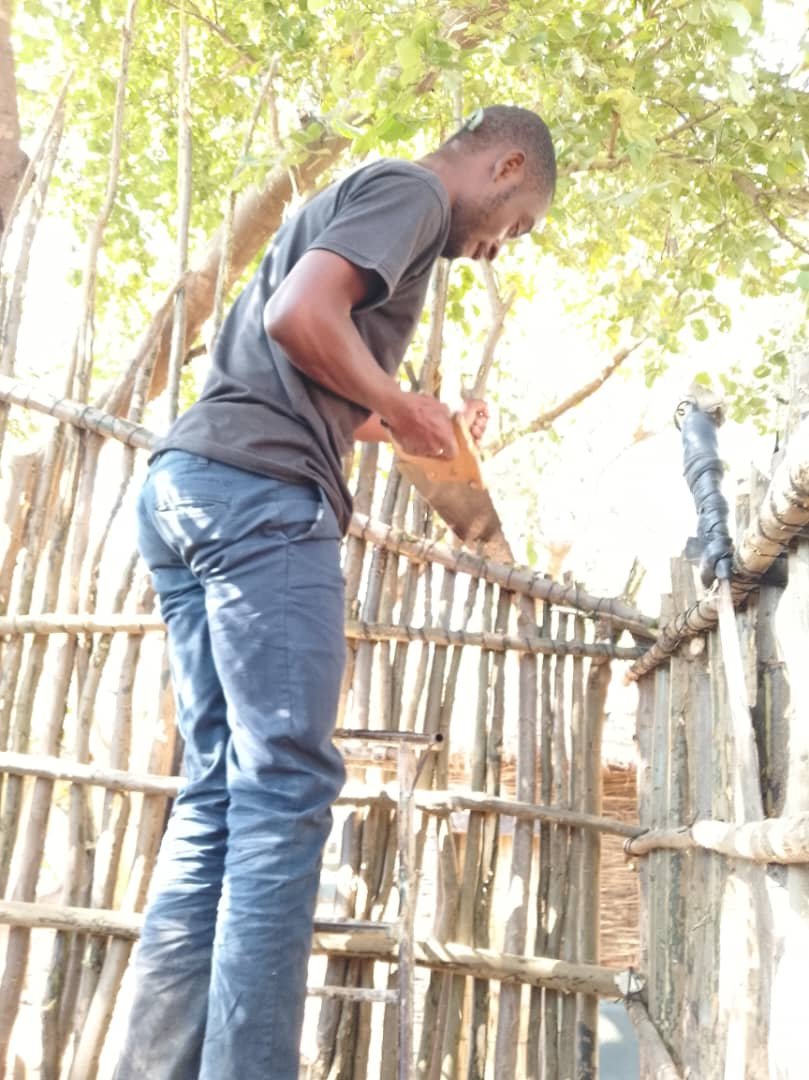
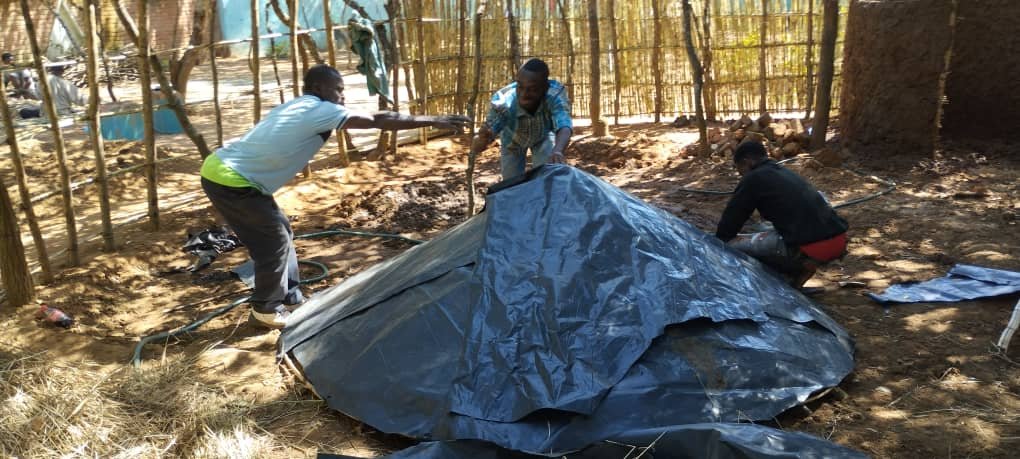
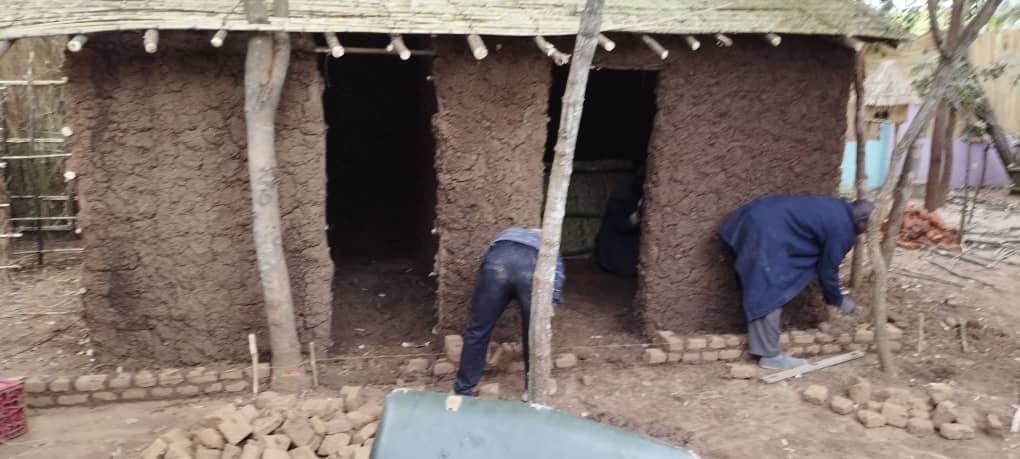
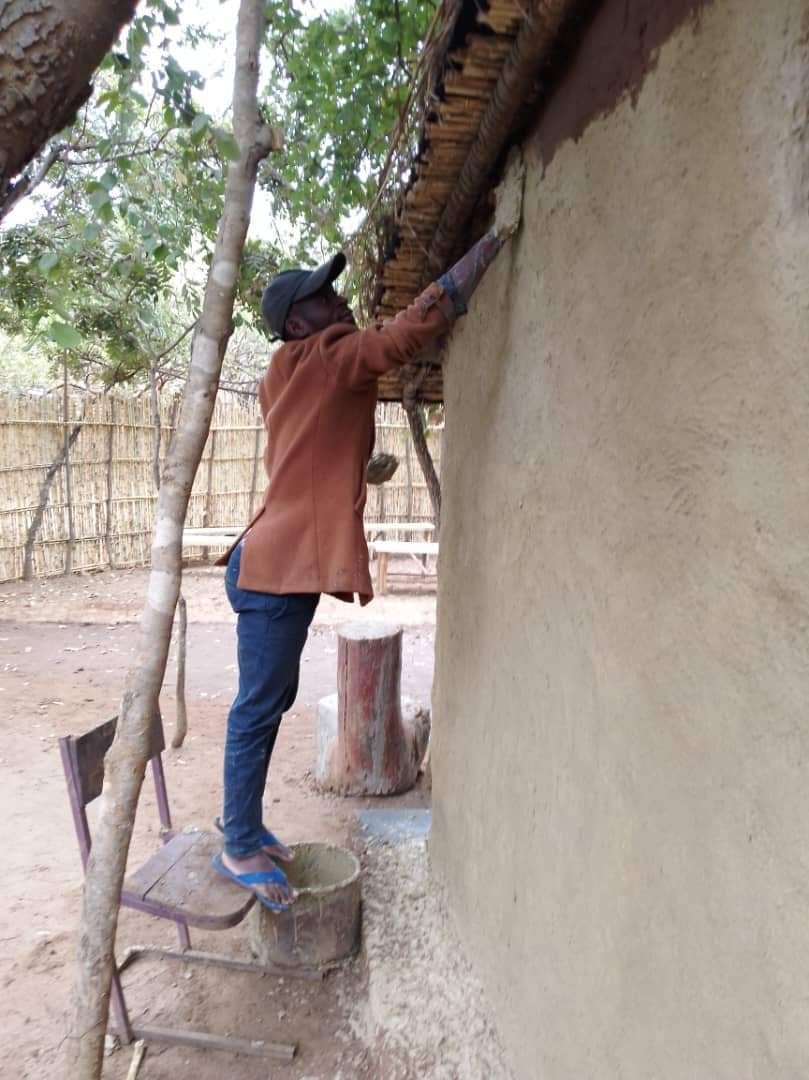
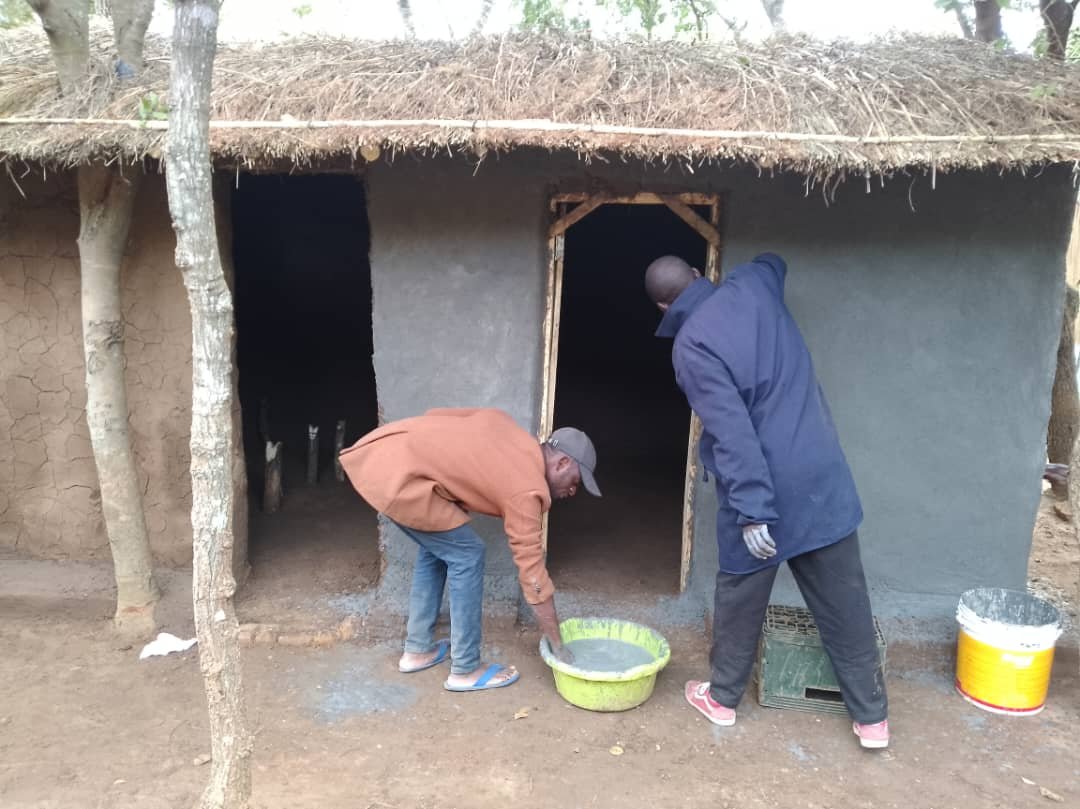
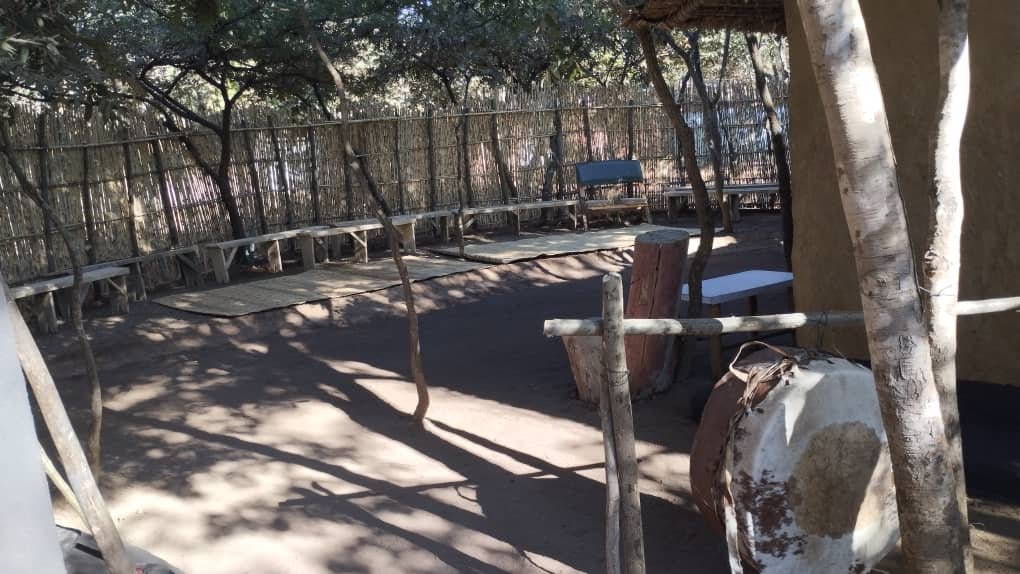
The importance of knowing our culture.
Knowledge from our past, puts into perspective our present actions and starts reflection for our future. We want to share our history because we are proud of it as an essential part of our identity and we are excited to celebrate with others the malawian lifestyle. By promoting and preserving malawian culture in our homestead we want to equip visitors with understanding of where Malawi comes so that together we can build a better future for our country.


